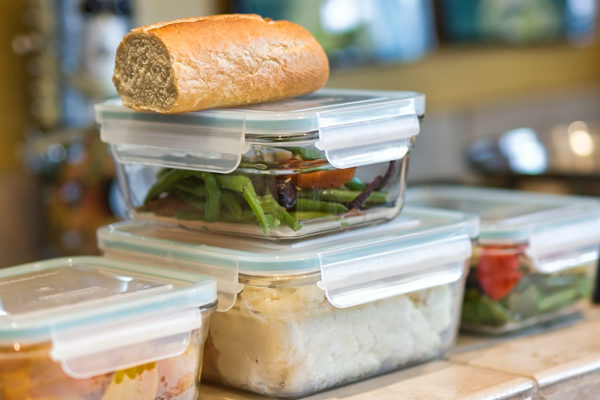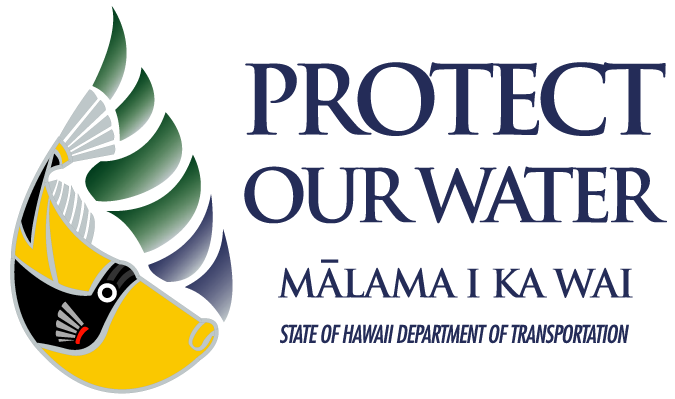For many communities across the nation, the Thanksgiving holiday represents food, celebration, and togetherness. Thanksgiving also typically implies excess. Whether this excess comes in the form of food, waste, or energy, it can have major negative impacts on the environment and your wallet.
On average, Americans waste about 165 billion dollars in uneaten food per year, and roughly 293 million dollars worth of this unconsumed food waste occurs during Thanksgiving alone.
With the following Thanksgiving tips, you and your community can work towards an eco-friendly holiday, while still enjoying all of your favorite traditions!
Pre-Planning & Shopping
Most Thanksgiving Day waste begins at the grocery store. Here are a few ways to watch your budget and your footprint.
Limit the Excess
Before making the shopping lists, determine how many guests will be attending your celebration and plan your food accordingly to limit leftover waste, saving you time, energy, and money
Shop Local
A rather simple way to celebrate an eco-friendly holiday is to shop locally. Hawai`i is home to abundant produce, which, in addition to livestock farming selections, allows you to provide your fellow feasters with fresh and healthy foods.
Compostable and Recycled Packaging
When shopping at the grocery store, be sure to aim for products that have been packaged in recyclable or compostable materials. These materials typically include cardboard boxes, recyclable plastics, tin, or aluminum.
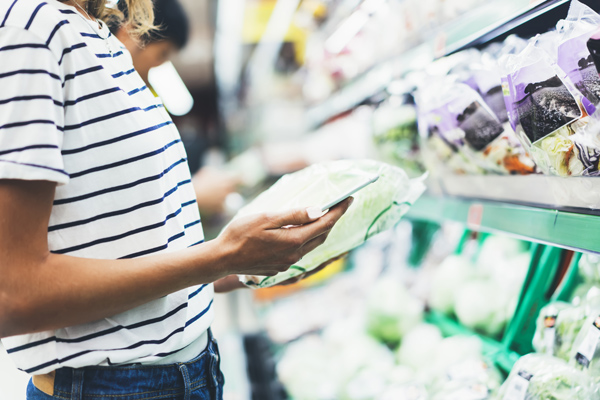
Setting the Scene: A Guide to Decor
Staging a Thanksgiving dinner really sets the scene for holiday celebrations. Whether you’re celebrating at home, outdoors, or at a loved one’s house, it’s quite simple to utilize eco-friendly decorations.
Break Out the Glass
While it may appear easier to use disposable place settings, thrown away materials contribute to excessive holiday waste. Rather than serving up Thanksgiving dinner “to go” style, allow yourself to celebrate with real plates and utensils during the big meal. If you must purchase disposable settings, be sure to stay away from Styrofoam and take a moment to search for compostable or biodegradable options.
Use Real Dishes
Though it seems easiest to use disposable pans and tins, it is much more sustainable to invest in a proper pan that can be washed and reused each year. Unfortunately, disposable pans are not able to be recycled after use since they have likely contained cooking greases and oils.
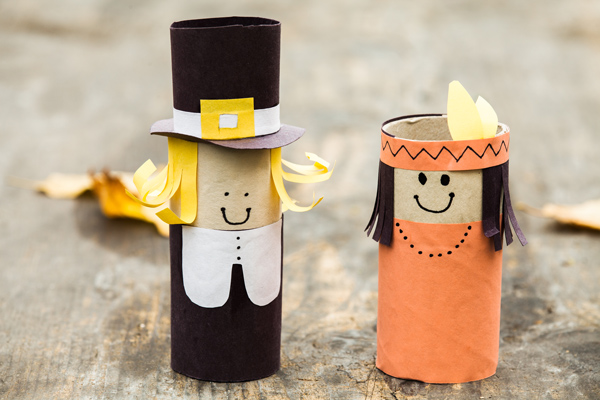
Leaving the Party
Even after the celebration, we can do our part to reduce waste and our carbon footprint.
Leftovers
Leftovers are bound to happen. It’s important to be sure to use reusable containers to send your guests home with holiday fixings after the big feast. Plastic bags can be wasteful and harmful for the environment.
Minimize Travel
Many families and friends enjoy spending the holiday together, which is truly what the holidays are all about. Traveling, however, can have a major negative impact on the environment, and is one of the leading causes of the expansion of society’s carbon footprint. There are many ways to limit the traveling footprint, such as carpooling, biking close distances, or even meeting at central locations.
